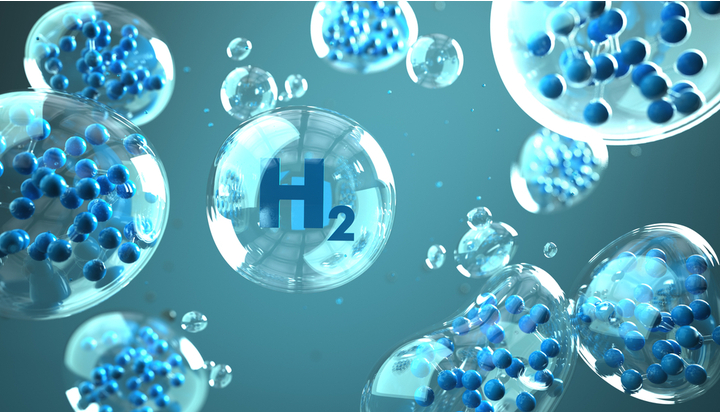Breakthrough Hydrogen Sensor Unveiled for Safer Energy Transition
Key Ideas
- A hydrogen sensor developed by The University of Manchester could revolutionize the use of hydrogen for cleaner energy.
- The sensor, created in collaboration with KAUST, offers fast and precise detection of hydrogen, surpassing current commercial detectors.
- Professor Thomas Anthopoulos believes the sensor's affordability and reliability could enhance trust in hydrogen technologies for various applications.
- The sensor's design allows for integration into smart devices for continuous monitoring, with ongoing focus on further development and stability.
Researchers at The University of Manchester have introduced a groundbreaking hydrogen sensor that has the potential to significantly impact the transition to cleaner energy sources. With the increasing shift away from fossil fuels, hydrogen is gaining prominence as a crucial element in sustainable energy solutions. However, the inherent properties of hydrogen, such as being colorless, odorless, and highly flammable, pose challenges in its detection and safe utilization. The newly developed sensor, in partnership with KAUST, addresses these concerns by offering a compact, cost-effective, and energy-efficient solution for rapidly detecting even trace amounts of hydrogen. The sensor's operational principle involves a process known as 'p-doping,' where the presence of hydrogen triggers a swift and reversible drop in electrical current, enabling quick and reliable detection. Tested successfully in various practical scenarios like leak detection and indoor hydrogen monitoring, the sensor outperforms existing detectors in speed and accuracy. Furthermore, its thin and flexible design allows for potential integration into smart devices for continuous real-time monitoring of hydrogen levels. The research team is now focused on advancing the sensor further and assessing its long-term stability, aiming to enhance the safety and accessibility of hydrogen technologies across industries, homes, and transportation.
